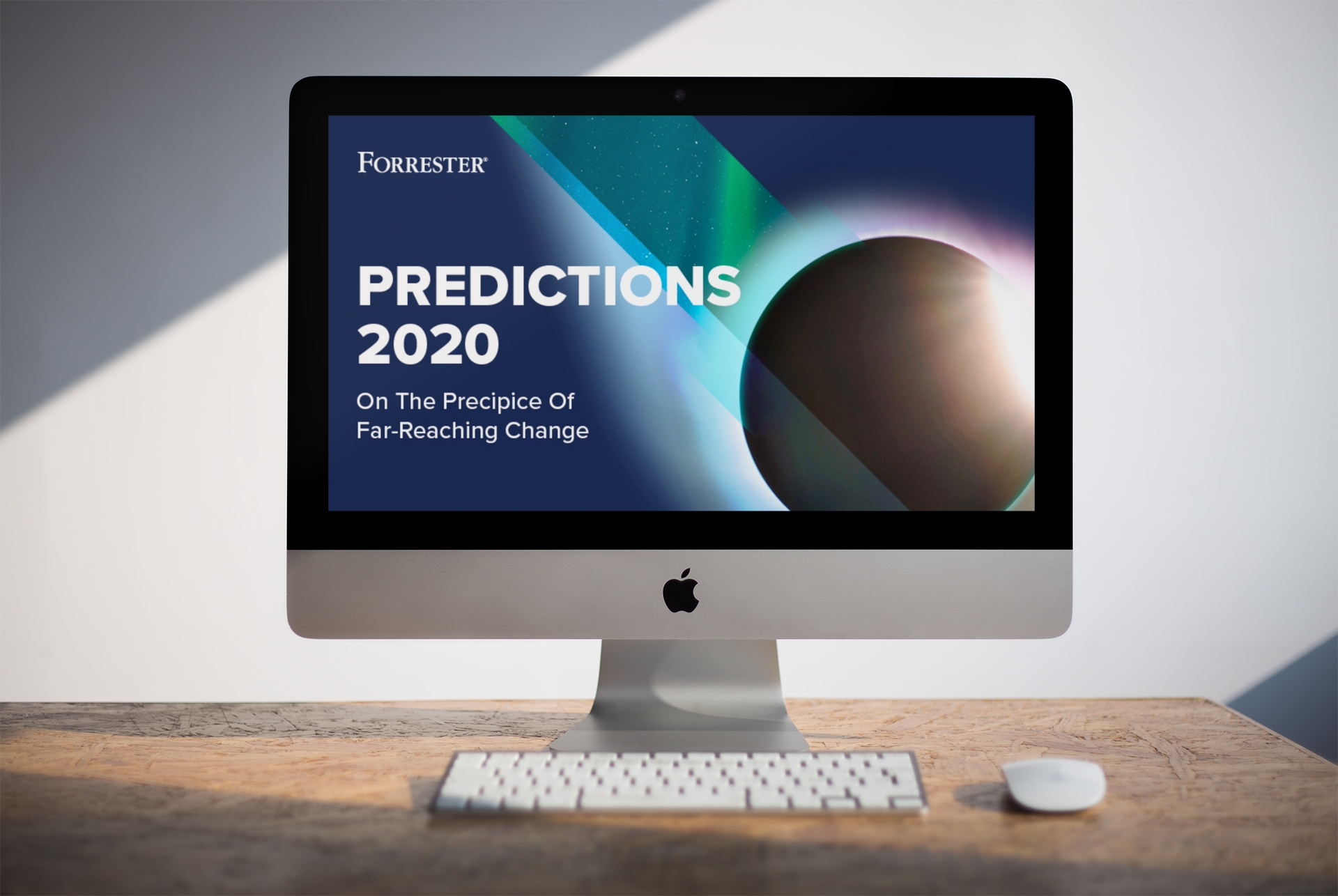As buyers are becoming increasingly self-reliant, they are also increasingly expecting to be served in the buying process by marketing and sales. Not only will 2020 see buyers’ demands and expectations increase, but marketing and sales teams will be pushed to develop their strategies and approaches quickly enough to keep up with the evolving buyers and digital tools.
This was the main theme from Forrester’s Predictions 2020 B2B Marketing & Sales Report, in which the company shared its predictions on what will be driving sales and marketing success in the New Year and beyond.
In an interview with Demand Gen Report, Caroline Robertson, VP Research Director at Forrester, shared her thoughts on some of the report’s key takeaways — including thoughts on the ever-growing importance of self-directed buying journeys, deeper emphasis on effective engagement and the growth of partner enablement.
Here are five key takeaways from the report:
1) B2B Buyers Are Increasingly Eager To Direct Their Own Buying Journey
The report predicts that buyers will seek a more balanced buying experience combining human, physical, and digital engagement. “Buyers need different sources of information to be delivered depending on the kind of decision they want to make,” Robertson said. “Buyers have permission and the power to expect more from their providers.” Marketers need to recognize these new standards and understand the customers’ needs, as well as their own.
2) Buyer-Centric Structures And Tech Investments Will Hit An Inflection Point And Accelerate
With customer centricity already being the design muse for vanguard organizations, the report suggests that in 2020, product-centric planning and siloed channels for mainstream marketers will become completely obsolete. Organizations will begin to realize the stark differences between product and customer- solution orientation. “We are seeing a real inflection point and a commitment to truly making the pivot to the customer as we recognize its less effective to be product-oriented,” said Robertson. “It’s much more effective to be customer-solution oriented and that doesn’t happen unless you have internal advocates orienting towards a specific audience or customer type.”
3) Sellers’ Engagement Will increase By 10% As More Transactions Close Digitally
The percentage of global purchase influencers who say their primary transaction method is digital increased from 28% in 2018 to 31% in 2019. However, 57% still make their initial technology purchase with a salesperson and the number of business buyers who say they find interacting with a rep superior to gathering information on their own increased by 5%.
“The ability to have another trusted collaborator on how to make decisions and look at alternatives is always there with human to human contact,” said Robertson.
The report predicts sellers’ involvement in transactions of all types will increase as organizations weave digital tools into the sales motion.
“All along the way, supplementing those human conversations with digital guidance is incredibly important, whether through videos, infographics, and even emails,” said Robertson. “There’s a lot of information that is available, and is increasingly available, to sellers about who they’re talking too and how they can better serve human buyers more effectively.”
4) More Organizations To Shift Toward Audience-Based Structures.
Close three-quarters (73%) of global B2B marketing leaders have adopted journey maps within the marketing department, but only 35% say they are the basis for marketing’s planning.
B2B marketers appear to be clinging to strategies of the past, with 36% organizing around industry segments and 43% organizing by channel-specific domain expertise. The report predicts that in 2020, the number of B2B marketing leaders who say their companies organize to support customer journeys will jump from 18% to 48%.
5) Partner Experience Value Will Match Customer Experience Value.
With upwards of 70% of global revenue coming from third-party channels, most organizations have still been slow to make the link between partner experience and customer experience. Forty-three percent of global B2B marketing decision makers rank improving customer experience as a top priority in 2019, and 39% are looking to improve the partner experience. The report predicts marketing decision makers will rank improving partner experience on par with improving customer experience in 2020, and both will rise to more than 50%.







